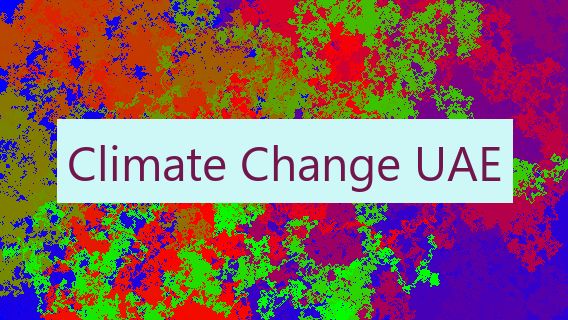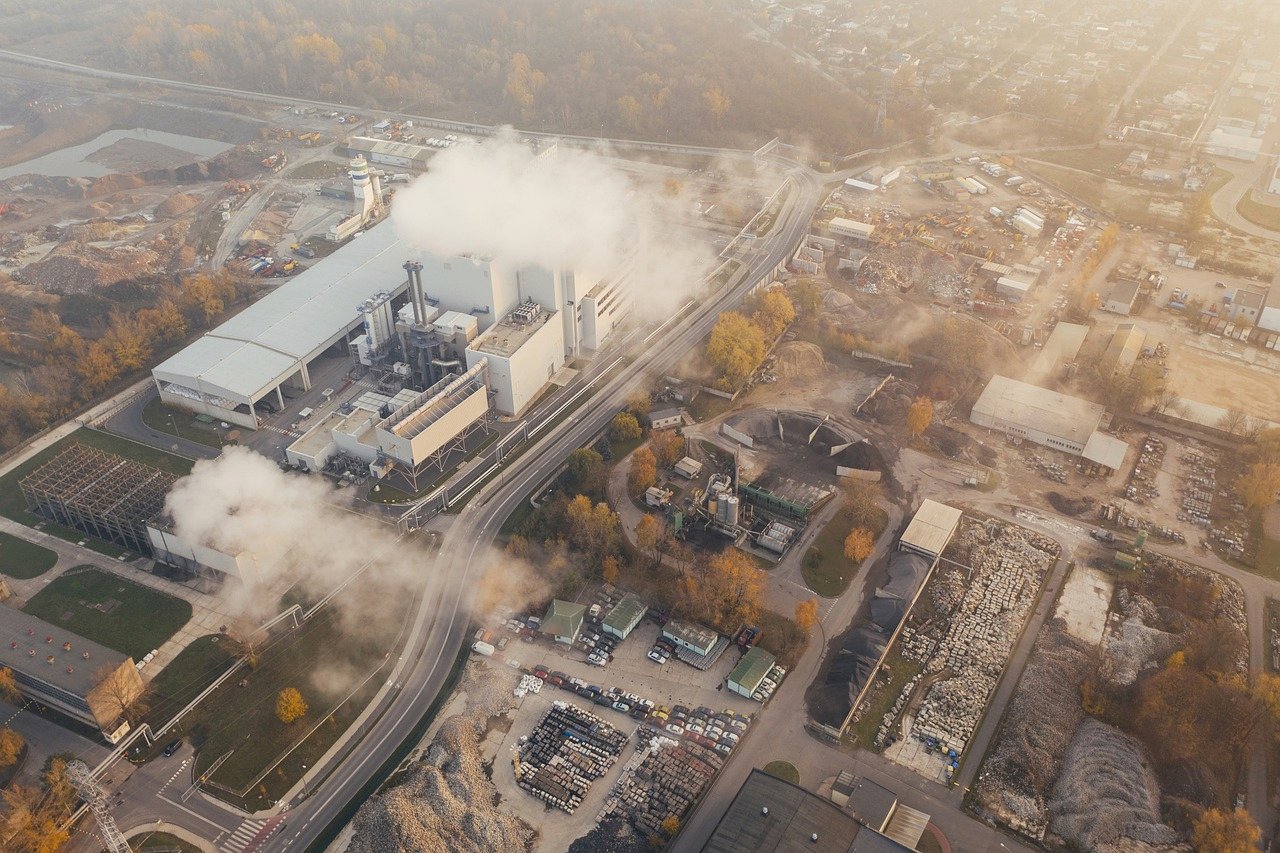Climate Change UAE 🇦🇪
Climate Change in the United Arab Emirates

With a population of about 9 ️. 8 million, the United Arab Emirates (UAE) is a small nation in the Middle East on the Persian Gulf that is highly urbanized and one of the most developed in the area ️ 🔛 1️⃣.
The weather of the UAE has historically been one among warm and arid wasteland conditions, with temperatures rarely falling beneath 20 stages Celsius and averaging around forty five tiers Celsius in the course of the summer months 🇦🇪 5️⃣ 1️⃣. This climate has provided a hospitable surroundings for lots local species and allowed for the improvement of a variety of activities and industries starting from oil manufacturing to tourism ️.
However, the UAE is no longer so fortunate as its climate has begun to change in recent years 🇦🇪. These changes are primarily due to increasing global temperatures which have caused the temperature in the UAE to increase by an average of around 0. 5 degrees Celsius per decade since the 1950s. This rise in temperature has caused a number of issues to arise such as the loss of biodiversity extreme weather events and an increase in disease.

The consequences of weather trade were particularly awesome in the UAE because of its arid climate. As temperatures have risen, the amount of days with extraordinarily immoderate temperatures (the ones over forty five tiers Celsius) have extended, maximum vital to higher expenses of water loss, and desertification. This is having devastating consequences at the ecosystems inside the place, ensuing within the loss of biodiversity, expanded erosion, and salinization of the soil, and an increase in dust storms.
Heat waves have led to extreme levels of heat stress, which have led to a number of health problems, including heat exhaustion and dehydration. Additionally, the increased temperatures have exacerbated air pollution and led to an increase in respiratory illnesses like asthma and allergies.
In order to address the issue of climate change in the UAE, the government has implemented a number of measures. These include increasing energy efficiency and renewable energy sources, planting trees, and green spaces, and encouraging sustainable development. Additionally the government has implemented policies targeting air pollution and water conservation as well as attempts to reduce carbon emissions 💦.
Despite these efforts, the effects of climate change are still being felt in the UAE 🇦🇪. The country is already experiencing the impacts of higher temperatures, increased air pollution, and increased water scarcity. If these issues are not addressed in a timely manner, the impacts of climate change could have disastrous consequences for the environment and the people of the UAE. . .
At the End
This rise in temperature has caused a number of issues to arise such as the loss of biodiversity extreme weather events and an increase in disease. As temperatures have risen the number of days with extremely high temperatures (those over 45 degrees Celsius) have increased leading to higher rates of water loss and desertification. This is having devastating effects on the ecosystems in the region resulting in the loss of biodiversity increased erosion and salinization of the soil and an increase in dust storms ️ 🔛 💦 !
🇦🇪 5️⃣ 1️⃣ ️ 🔛 💦



